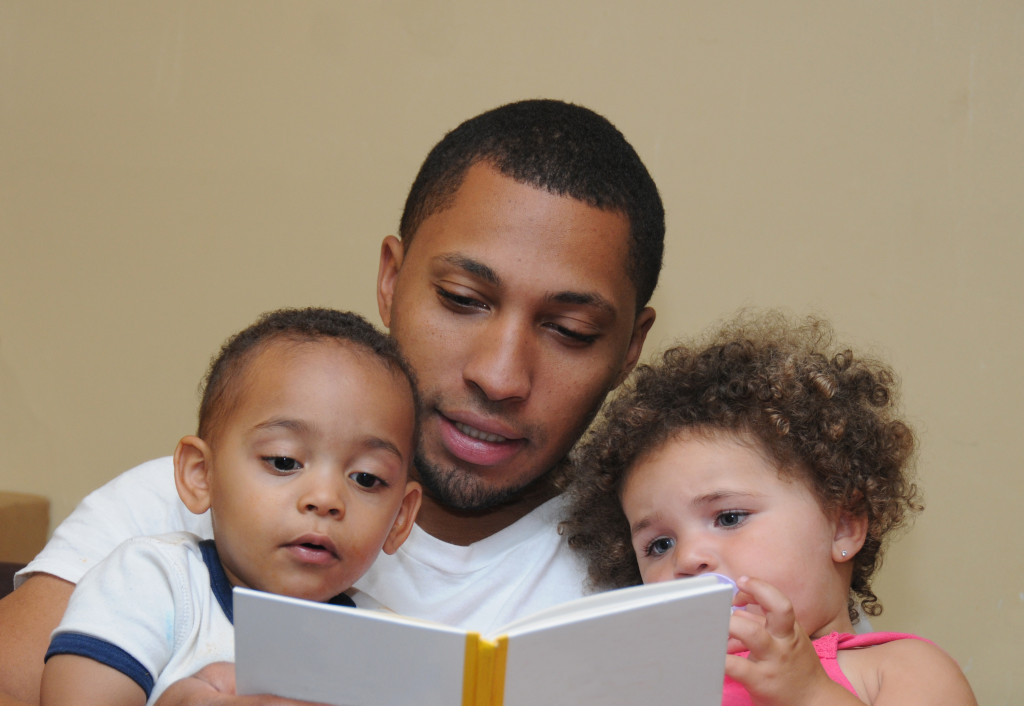Parenting is hard enough without worrying about whether your home is safe for your children. Unfortunately, accidents happen, and they often happen in the home. Thousands of children die every day due to unintentional injuries.
But many of these injuries are preventable. Here are a few things to do to keep children safe at home.
Install smoke and carbon monoxide detectors
Smoke and carbon monoxide detectors are essential for keeping your home safe for your children. They can provide an early warning in the event of a fire or carbon monoxide leak, which can help to save lives.
You should install dependable smoke detectors on every level of your home and in each bedroom. Similarly, you should install reliable carbon monoxide detectors near the bedrooms and rooms where a fuel-burning appliance is used, such as a furnace or fireplace.
Test the detectors monthly and ensure that everyone in your family knows how to respond if they go off.
If you don’t have smoke and carbon monoxide detectors installed in your home, now is the time to do it. These devices can help save lives in a fire or gas leak.
Use childproofing products
It is important to childproof your home using different products. This will help to keep your child safe and avoid any accidents. Different products available in the market can be used for childproofing your home.
Some of the childproofing products include:
- Door Knob Covers: These covers can be placed on door knobs to prevent children from opening doors and getting hurt.
- Cabinet Locks: These are locks that can be placed on cabinets and drawers to avoid children from opening them and getting hurt.
- Corner Guards: These guards can be placed on sharp corners of furniture to prevent children from getting hurt.
- Outlet Covers: These covers can be placed on electrical outlets to prevent children from sticking their fingers or other objects into them and getting hurt.
- Stove Knob Covers: These covers can be placed on stove knobs to prevent children from turning them on and getting hurt.

Home improvement to keep children safe
There are many home improvement projects that you can do to keep your children safe. Projects like installing a fence around your yard or installing locks on cabinets can help keep your children safe. You should also ensure that all electronic cords are out of reach. There should also be no poisonous plants in your garden.
If you have a pool in the backyard, you should install a fence around it. This will prevent children from going near the pool and getting hurt. You can also install safety gates at the top and bottom of staircases to prevent children from falling down the stairs.
You can also prevent slips and falls if the children go to the garage. You should use reliable epoxy floor sealers on the garage floor to do this. The material can prevent oil and grease from seeping into the floor. You can easily clean floors with the material in spills compared to other materials.
Keep poisonous substances out of reach.
It is crucial to keep poisonous substances out of reach of children because they can easily be poisoned if they come into contact with them. Many household products such as cleaning supplies, pesticides, and medications can be poisonous if ingested, and even small amounts can be deadly.
It is crucial to keep these products in cabinets that are locked or out of reach and to store them in their original containers with labels that indicate their toxicity. When using these products, always follow the directions carefully and keep children and pets away from the area. If you think a child has been poisoned, call poison control immediately.
Create a safety plan
Creating a safety plan is one of the best things you can do to keep your home safe for your children. A safety plan will help you identify potential risks in your home and determine how to prevent accidents.
This safety plan should include specific instructions on how to get to a safe place and who to contact. It should also have instructions on what to do in a home invasion or other emergency. It is also essential to review the safety plan regularly with your children, so they know what to do in an emergency. Some benefits of creating a safety plan include:
- Reducing the risk of accidents
- Helping you to be prepared for emergencies
- Teaching your children about safety
- Giving you peace of mind
If you have children, it is crucial to take the time to create a safety plan. It could end up saving their lives.
Ensuring the children’s safety at home should be a priority among all parents. Following the tips in the article can help to keep your children safe from harm.
